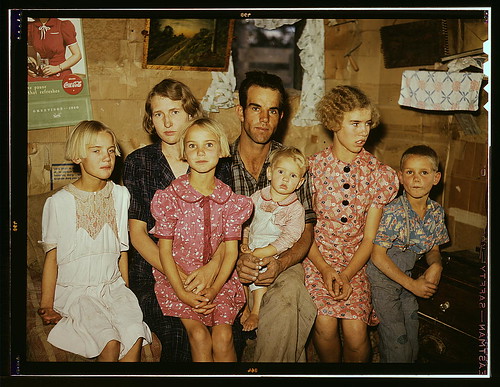As a medical student and then a resident, my husband had a lot of teachers and each had their own unique teaching style. The way medical education works (in the US at least) is to start out with lectures and books for the first couple of years, then spend two more shadowing residents and then, when you become a resident you report to more senior residents and check in with the attending physicians before you make big decisions. Once you graduate, you're on your own. But it doesn't always work that way exactly. For one, at least when you work in a hospital setting (like in an ER) you don't ever have to make decisions alone if you don't want to. You can consult your colleagues, your books, the specialists upstairs (cardiologists if it's a heart issue, neurologists if there is a brain injury, etc.). And besides, attending physicians sometimes have things to learn from residents and nurses.
Emergency Medicine is a new specialty in India so they need physicians from all over the world to come in and help train their residents. For a short time, my husband was one of them. Not surprisingly, he found that there was a lot of catching up to do if the residents were to receive the kind of education he had received; there simply aren't enough Indian doctors who have been trained in Emergency Med. to do the job and it shows. It didn't take long for him to realize how little he, a single person, could offer in such a short period of time: "Hundreds of people—even thousands—contributed to my medical education and training back in the US. During residency alone, the entire Emergency Department and the Residency program at UCSD Hospital existed and functioned in such a way to form each one of us residents so that, after 50 to 60 hours each week for 50 weeks a year, for four years, we would really know our stuff."
_________
This academic year I homeschooled our eldest daughter. First grade is not exactly difficult to teach, but it was the first time I had taken on the education of another person. Turns out, it's a pretty hard thing to do. Which is not exactly a revelation, but boy was I relieved to turn her over to the experts once we landed in Washington. She is finishing up her year there and from what I have seen from the homework and assignments she has brought home, and from what her teacher tells me, there don't seem to be major gaps in her education.
Somehow I managed to hit the major learning points and she will be ready for second grade. What is even more fun to watch, however, is what can happen when many people come together and cooperate to create a rich learning environment outside of book lessons alone. At her school there is a music teacher, a gym teacher, a librarian, a science teacher, and a computer teacher all in addition to the First Grade Teacher. Also: plenty of parent volunteers! With so many people pitching in, they have pulled off all sorts of productions and outings that would be pretty difficult for a single person to manage on their own. Just to name a few: an all-school talent show and fundraiser, a musical, a Field Day, a First Grade chapel program and then even more that I don't know about. So although it is a lot of work to pull off these events, there are a lot of people involved in the process and some of them are really, really good at doing things that do not come easily to me at all. (Teach 20 eight-year olds how to play three songs using only bells, and make it sound good? Nope, I don't know how to do that.)
___________
This isn't a post about why homeschooling is bad or even less-than-ideal, nor am I out to make a point about formal vs. informal learning. What all of this has made me think about is more simple and generally applicable to anyone, anywhere: how people, lots of people—entire communities of professionals, or friends, or even unlikely groups of mismatched folks—shape and form us, contributing to our education in small or significant ways. It isn't the work of a single person and even when we don't realize that it is happening and even when we don't intend for it to happen, like the genetic signatures imprinted on us by our parents and their parents, we are being shaped. Church people and family and neighbors and even people who died centuries before us but whose legacy we learn and carry on—these are all people who are shaping other people.
So for the people who made (and are making) me, for those who are making and have made my husband, my kids and my friends, I am grateful. "Of all the shapes we MIGHT have been...I say, 'HOORAY for the shapes we're in!' "

No comments:
Post a Comment